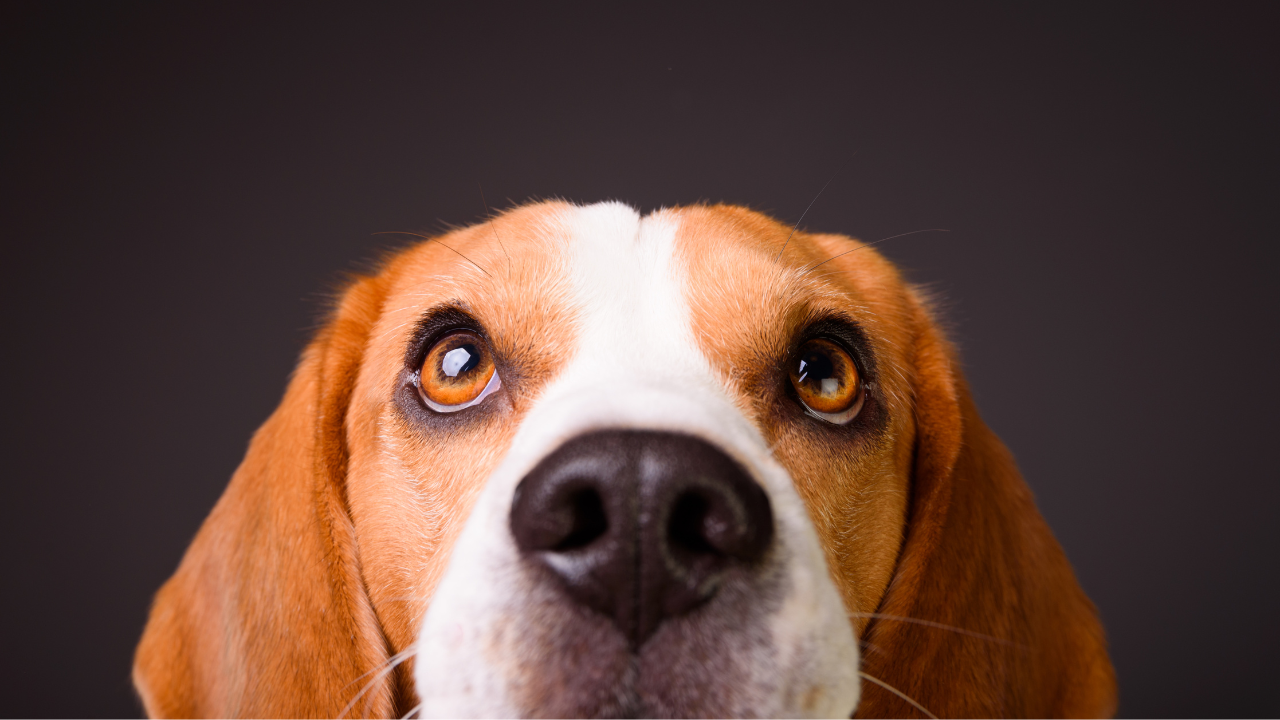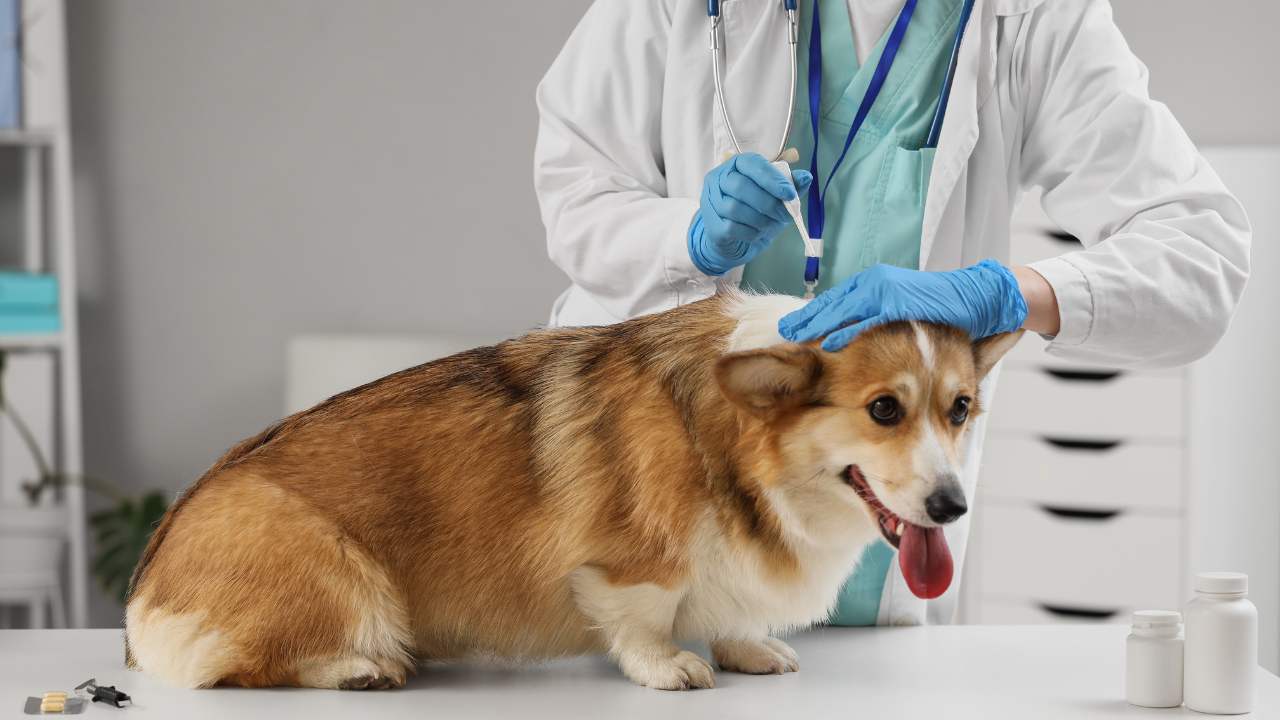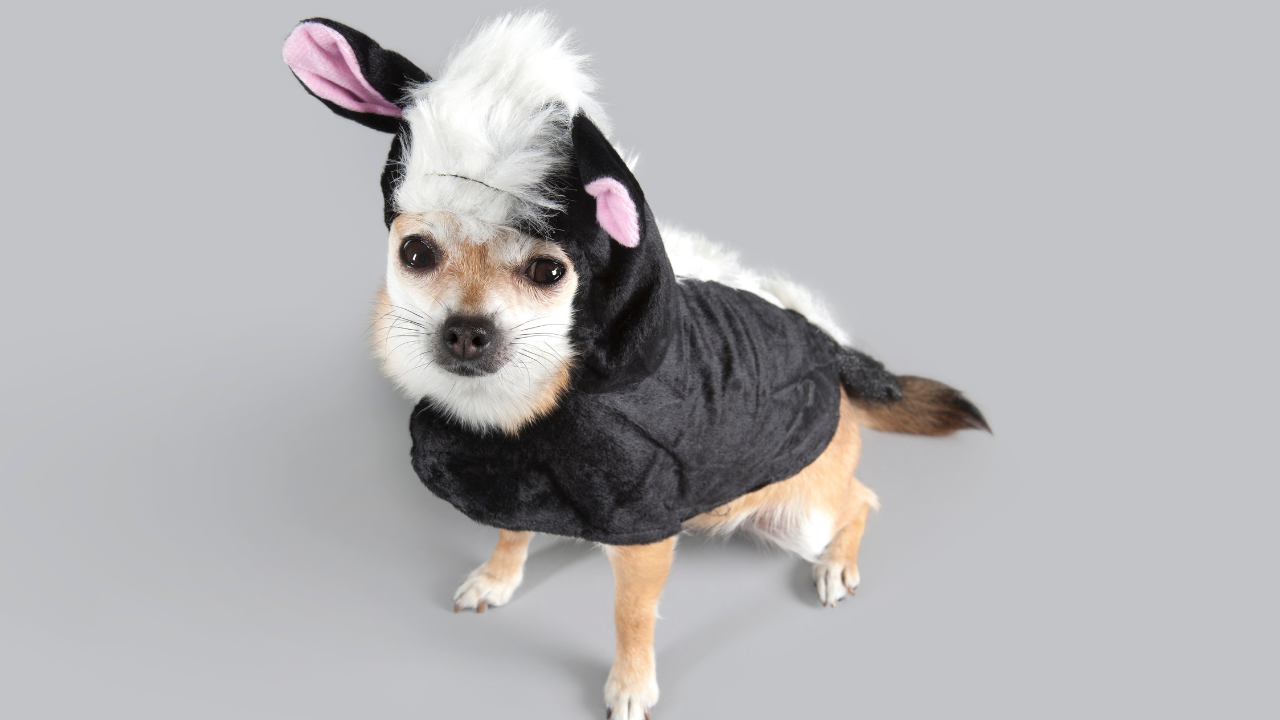How To Approach a Dog

As dog owners, we have all experienced the following scenario at one point in our life. You are taking a Sunday stroll with your beloved Max (a Miniature Schnauzer), and a random stranger or child runs up to Max, bends over him, and start vigorously petting and hugging him. This is a horror story waiting to happen as Max, is not socialized and is afraid of people. A warning nip from Max is imminent, but then he will get scrutinized for being aggressive and you for owning a vicious dog. This situation was not Max’s fault at all and could have been avoided if the strangers had been educated on the correct methods of how to approach a dog. With a little bit of knowledge and a lot of patience, anyone can safely and successfully interact with any dog.
Today we will look at the correct protocol for interacting with a dog for the first time and how to handle dogs safely when grooming them.
The first thing to do before you approach a cute pooch in the park, is to read his body language, and the behaviour he is displaying, is it happy, nervous, or scared?
How To Read A Dog’s Body Language
When reading a dog’s body language, you need to look at the whole package and not just a single element. You should also analyze the situation and the environment.
Happy Body Language
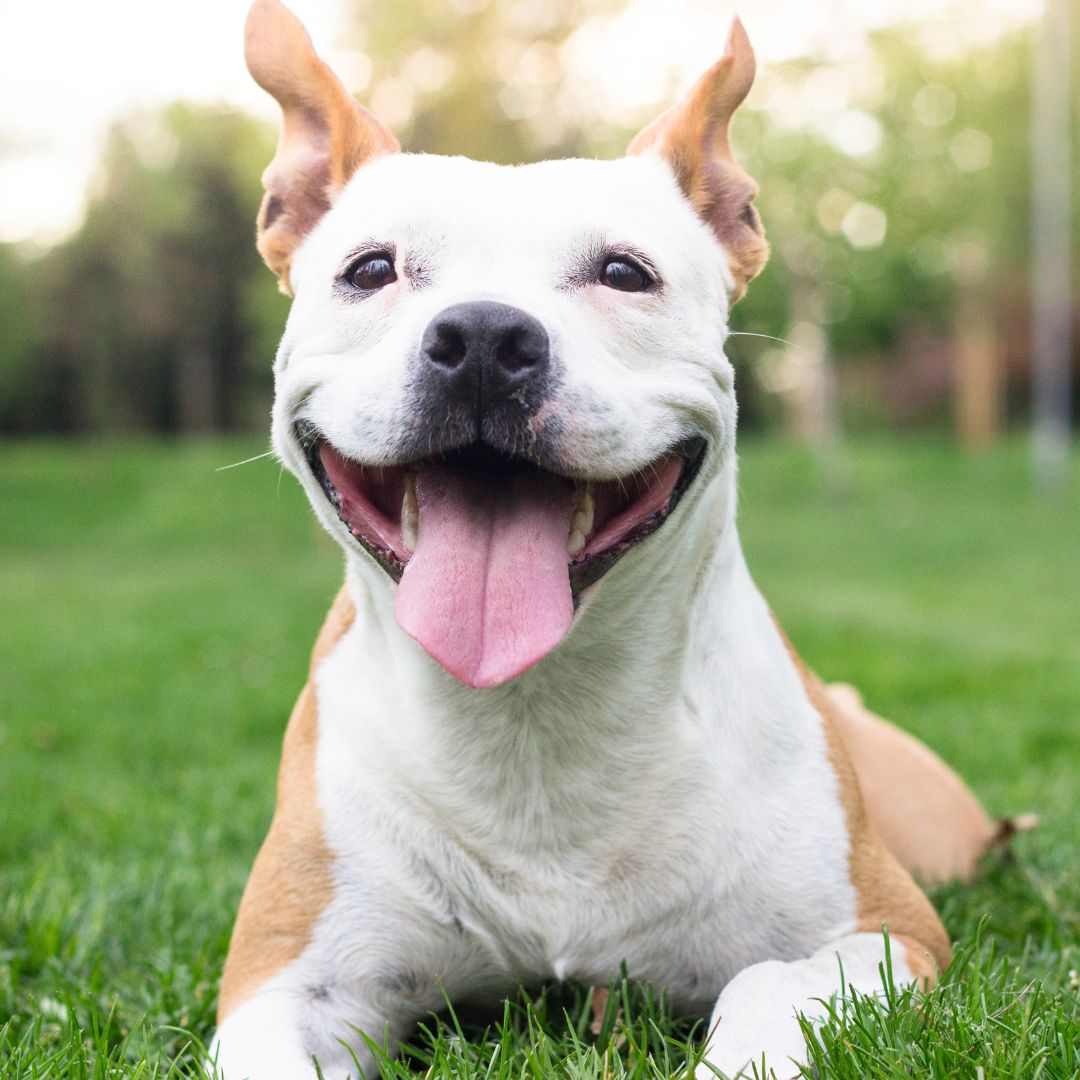
A happy dog appears relaxed all over with no tensed-up muscles.
Other signs of a content and happy dog are:
- Lips slightly apart
- Soft eyes
- And the body will be in a natural position and of course, a loosely wagging tale radiates happiness
Playful Body Language
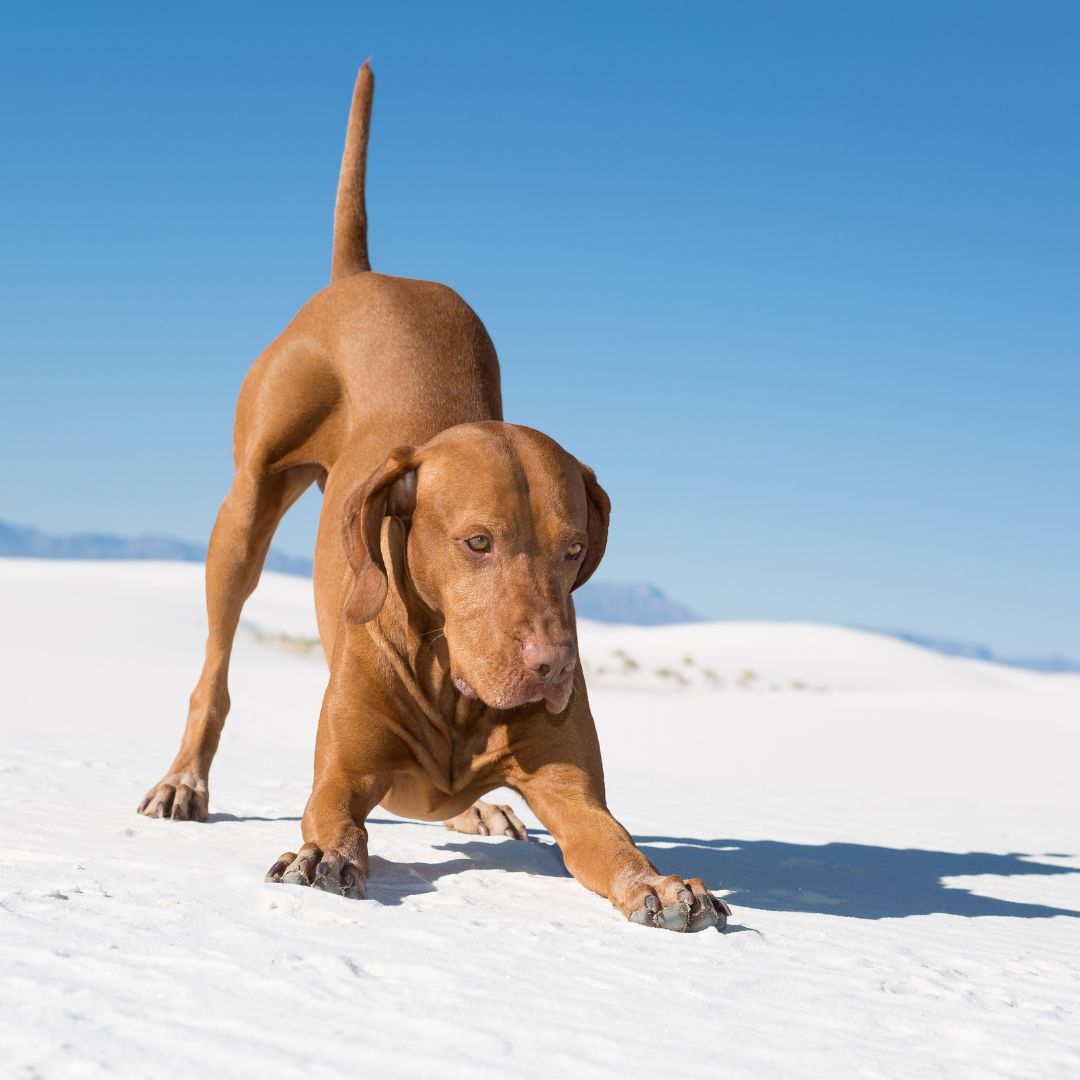
A common sign of a playful pup is what we call the “play bow.” Most dogs will do this to initiate play with other dogs or humans. The play bow is when the rear end of the dog is up while the front legs stretch out to the front, the head straight ahead, and the tail possibly wagging.
Fearful Body Language

Not all dogs are socialized and may have a fear of new people or people in general. Fearful dogs will display the following gestures:
- Crouching
- Leaning away or backward
- The head will be lowered with ears pulled back
- Lowering his body displays submission, and he may even urinate a bit
- The body may tremble
- Fearful dogs may also whine
- Growl and even bare teeth in self-defense
This dog may turn aggressive quickly if threatened.
Aggressive Body Language
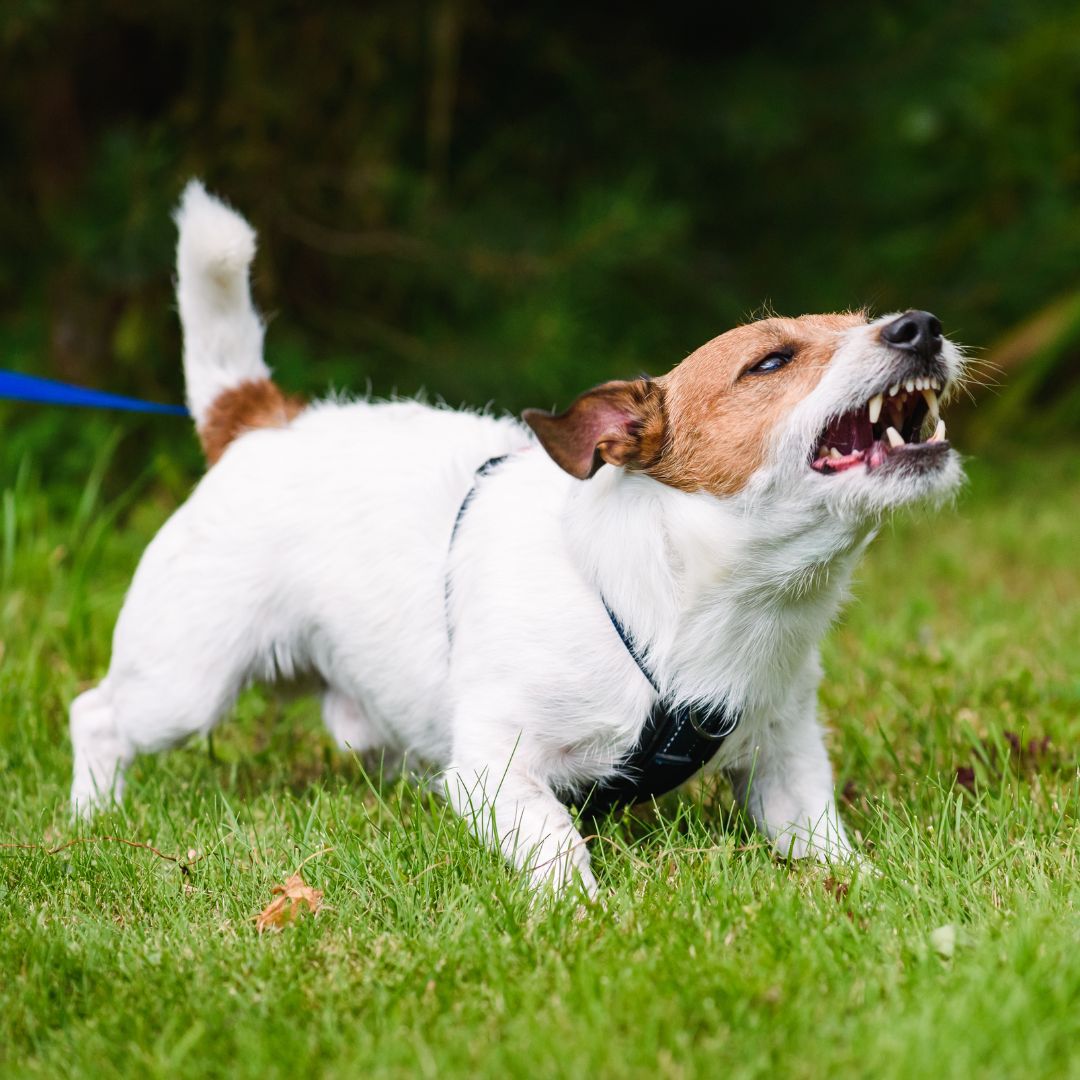
In certain situations, dogs will act aggressively toward humans or other dogs. Some reasons for aggression may include:
- Food aggression
- Leash aggression
- Fear
- Social aggression
- Pain
- Resource Guarding
An aggressive dog will start with an intense stare and the whole body will stiffen. It will plant its paws firmly on the ground, taking in a territorial stance. The ears will be pinned back and with its head stiffened, it will stare straight ahead. The dog will bare its teeth, growl, and snap its jaws. Another indication of aggression is raised hackles meaning the hair on the back of the neck will stand up.
How To Approach A Dog
You have analyzed the cute dog in the park's behaviour and have determined that the dog is safe to approach. The correct way of approaching this cute fella for the first time is to do the following:
- Approach slowly and in a relaxed manner. Do not run towards the dog and start petting it.
- Ask permission from the owner to pet his dog. If he/she says no, there is a reason for that, respect it.
- Avoid direct eye contact and approach sideways with peripheral vision.
- Hold your hand below the dog’s head and scratch the chin. The dog cannot see your hand when it is above his head, which can be intimidating to him. It can also be experienced by him as a sign of dominance.
- Let the dog approach you. Do not force interaction, if the dog retreats, then step out of his personal doggy space.
- Respect their space as not all dogs like to be hugged or touched, especially by strangers.
- Stand upright when petting a larger dog but if it is a small dog crouch beside it facing sideways.
- Always keep your face at a safe distance from the dog’s.
- If the owner is holding the dog, ask permission to pet the dog as some dogs might snap at you to protect their owners.
- Present an open hand for investigation. Presenting the back of your hand is the safest to avoid a nip on the fingers. Making a fist could suggest to the dog that you might be holding a treat or going to hit it. Either way, it could lead to an unwanted reaction.
- Speak in a calm, soft voice to the new canine friend. Dogs are not fond of loud, high-pitched noises.
Remember, another important aspect to consider when approaching a dog is your body language. Dogs are incredibly sensitive to body language and can tell when you are nervous or scared and they will react accordingly.
Tips On Approaching A Dog
- Pay attention to your body position. Do not bow or loom over them. A human towering over a dog will not aid the situation at all, on the contrary, it will make them more anxious.
- Kneel to the dog’s level. You will seem like less of a threat when on the dog’s level.
- Turn sideways. It is always a clever idea to approach a dog facing sideways as you will seem less intimidating.
It is important to remember that all dogs are different and they may all react differently to being approached. Some dogs may be shy and reserved, while others may be outgoing and playful. It is important to be patient and to always respect the dog's boundaries. If a dog seems uncomfortable or scared, it's best to back off and let them be.
How To Handle A Dog When Grooming
This is an important section for pet parents and groomers alike. Grooming a dog is an important part of maintaining their health and well-being, but it can also be a challenging task, especially if you are not familiar with the proper techniques.
Establish Trust With The Dog
To handle a dog safely while grooming him, it is important to establish trust first. This can be done by taking the time to get to know the dog and build a positive relationship with him. Once he is comfortable with you, you can initiate the grooming process.
Lifting A Dog
To lift a small dog, bend down by using your knees, not your back, and wrap one arm between his front legs and the other arm between his back legs and then place him on a safe, non-slip surface where the grooming will take place. This will avoid hurting the dog and injuring your back. With large dogs, lead them to a safe non-slip area where you plan on grooming them. Groomers, if you do not have an electric grooming table then I suggest investing in a ramp to assist you to get the big guy onto your table or opt for grooming them on the floor in a safe enclosed area.
Use The Correct Grooming Tools
Always use the appropriate tools and equipment. A good quality brush or comb, scissors or clippers, and a dog-specific shampoo are essential. It is also important to use a brush or comb that is appropriate for the dog's specific coat type.
Brushing A Dog
Before you start grooming, make sure to check for any matting or tangles, and work through them gently to avoid causing the dog discomfort. To get a dog to stand, place your hand under its tummy and lift it. To keep it from sitting down when you are brushing, a belly belt or grooming loop can be used. Remember to give breaks and kisses in between and always speak in a calm, soothing voice reassuring him that you are in control and know what you are doing.
Bathing A Dog
When bathing a dog, use lukewarm water and make sure to rinse the dog thoroughly to remove all traces of shampoo. If the dog can be carried, hold him in both arms safely against your chest and move to the bathing area.
For larger dogs secure the collar and leash and lead them to the bathing area. Lift the dog by bending your knees. Never use your back when lifting dogs. Ask for assistance with larger dogs. I would suggest having a ramp to assist in getting larger dogs into the bath or a walk-in bath.
Once in the tub and on a non-slip mat, secure the dog with straps or leashes. This will prevent her from jumping out of the bath and possible injury.
Drying A Dog
When drying the dog, use a towel or a hair dryer in a low-heat setting. Drying is done with a combination of drying and continuous brushing. To learn more about how to groom your canine friend, enroll for the dog groomer assistant course, and learn all there is to know on how to be the best pet parent for your fur baby.
Remember to be gentle when handling a dog whilst grooming. They may be nervous or uncomfortable, so take it slow, and be patient with them. If the dog becomes agitated or aggressive, stop the grooming session and try again later. With patience and a gentle approach, you can safely and successfully groom your dog and maintain their overall health and well-being.
Conclusion
In conclusion, approaching a dog can be a fun and rewarding experience if done correctly. Always ask for permission, approach slowly and calmly, be aware of body language, let the dog sniff your hand first, pet gently, and always respect the dog's boundaries. With these tips in mind, you will be able to interact with any dog safely and confidently.
Till next time groomers!!

